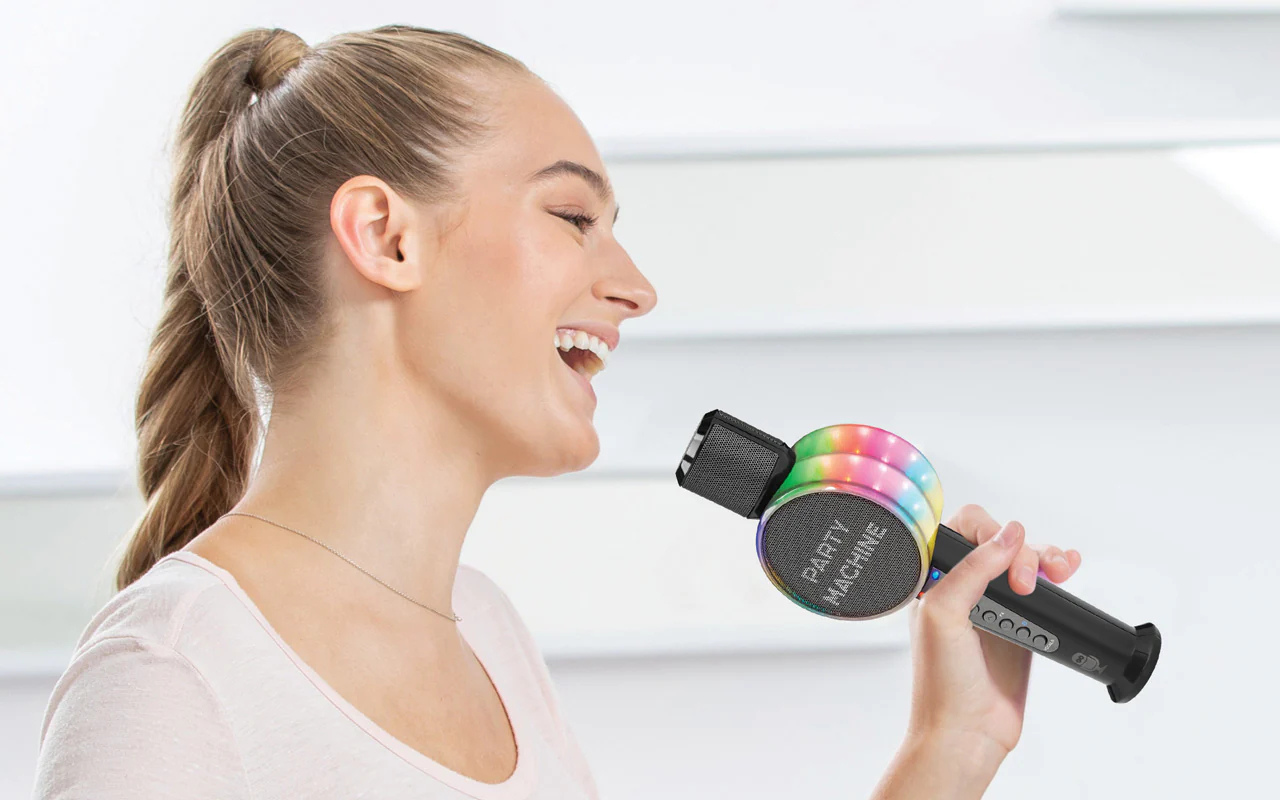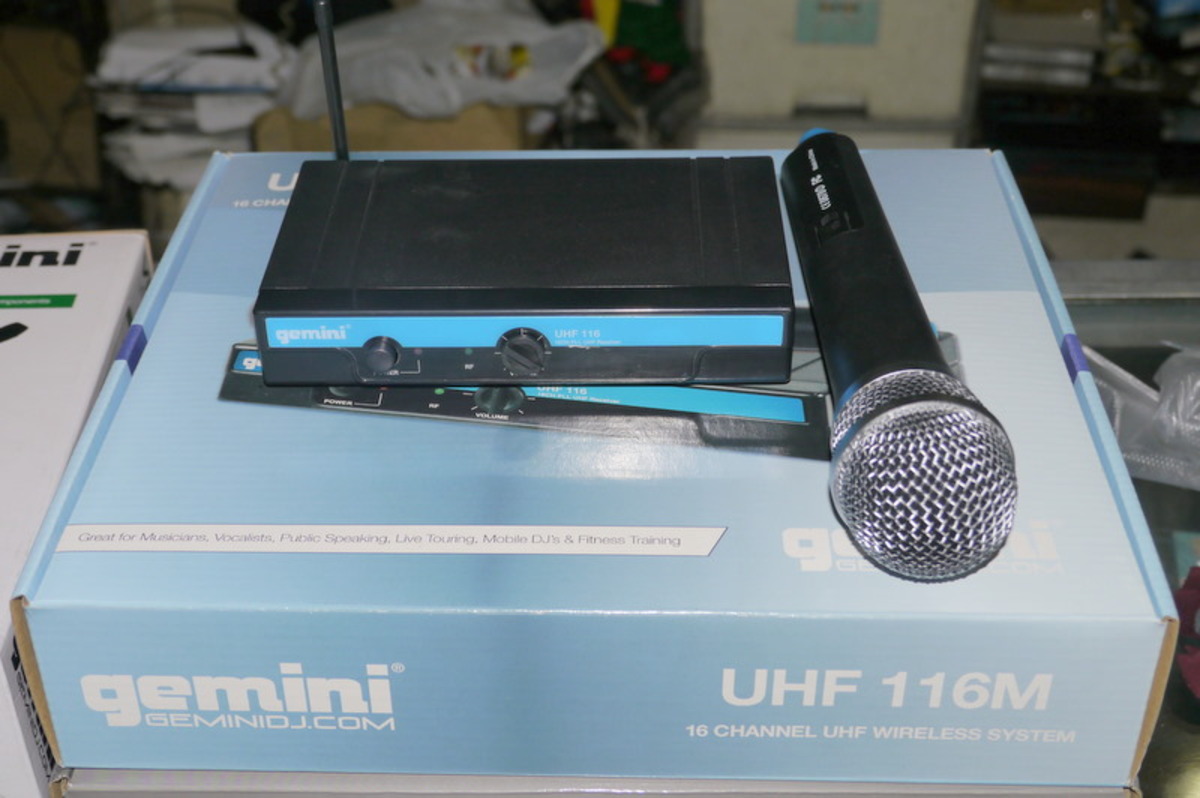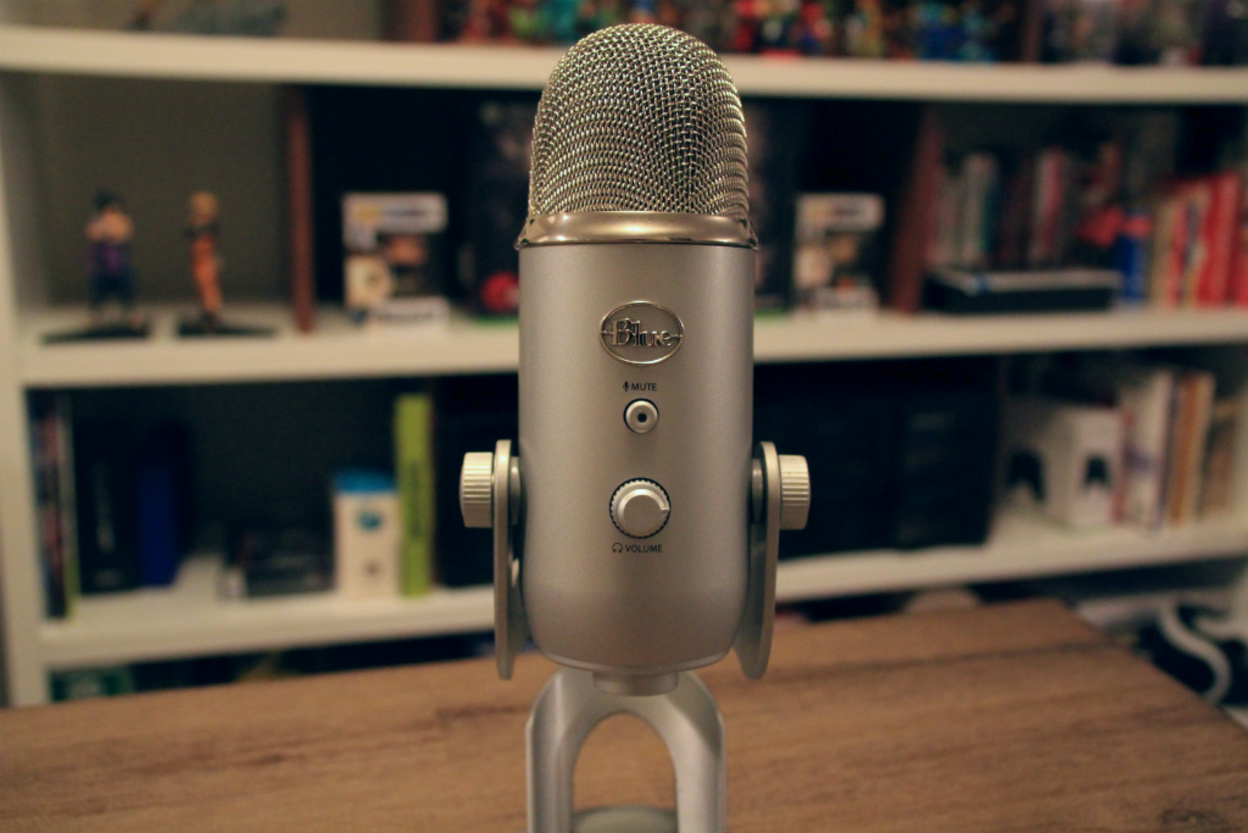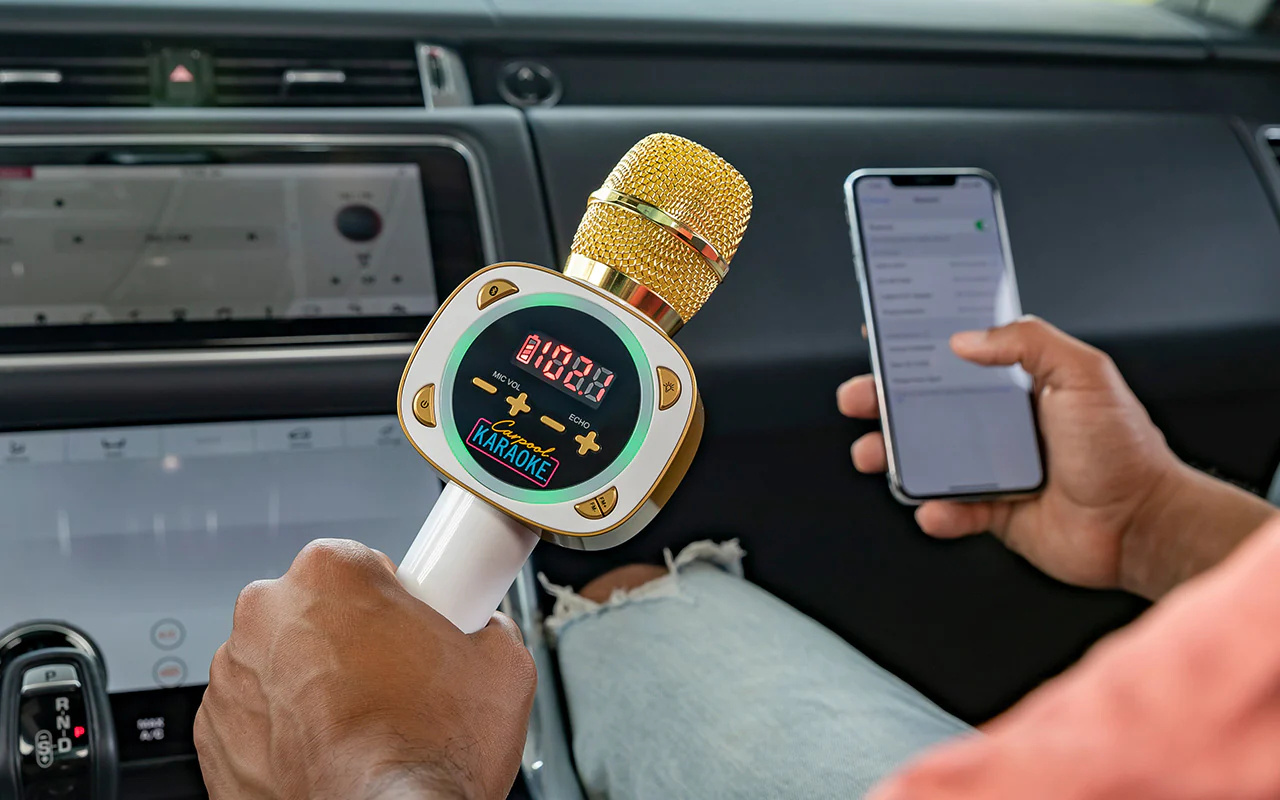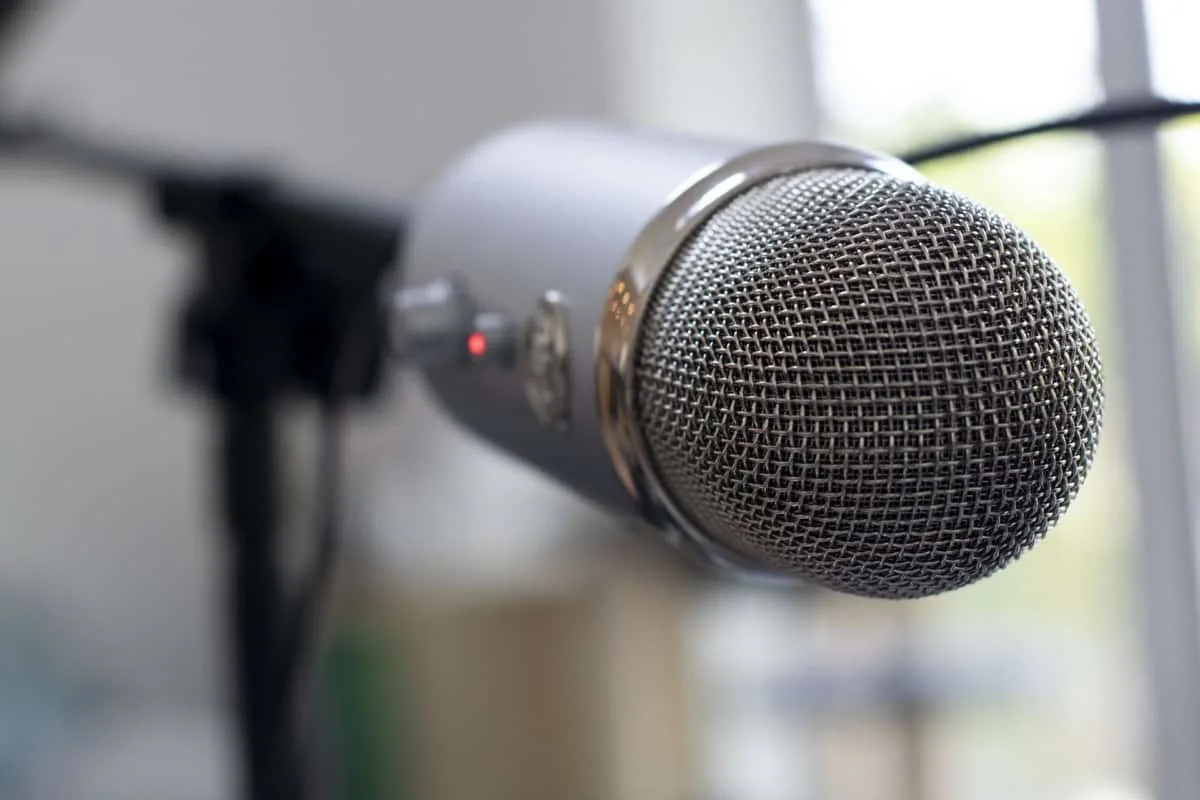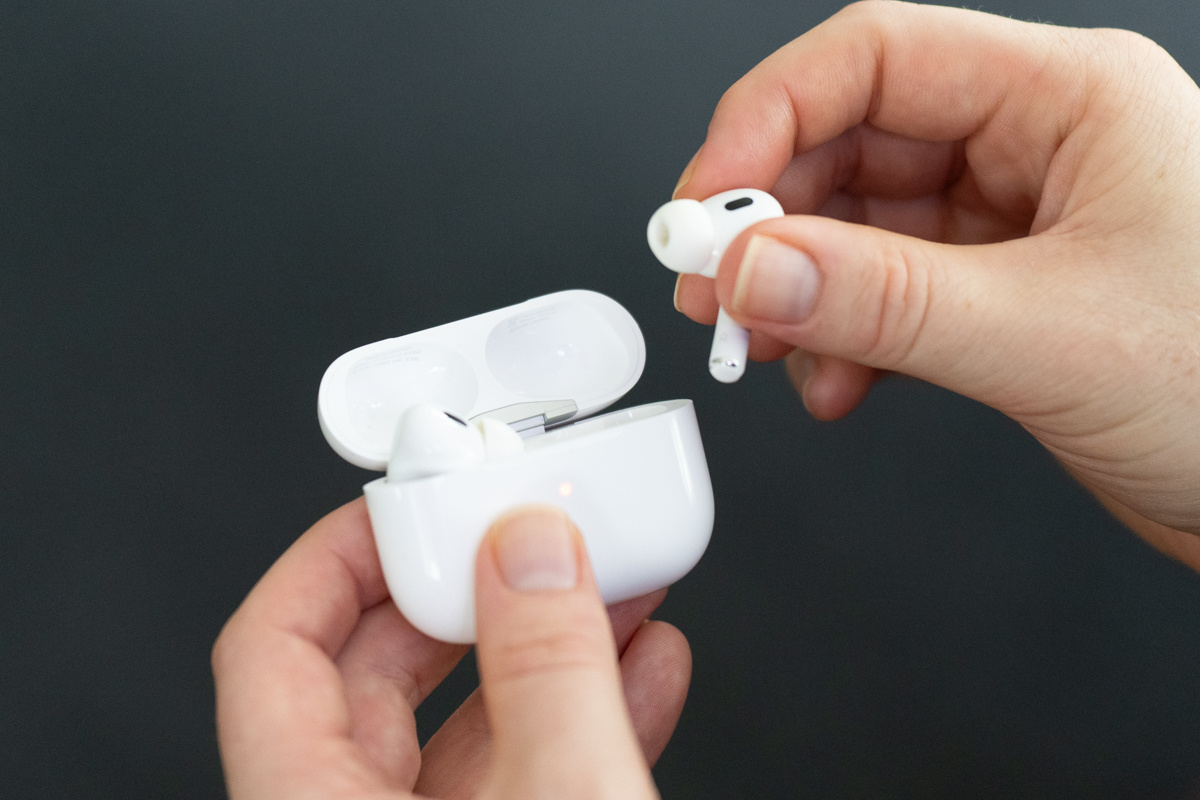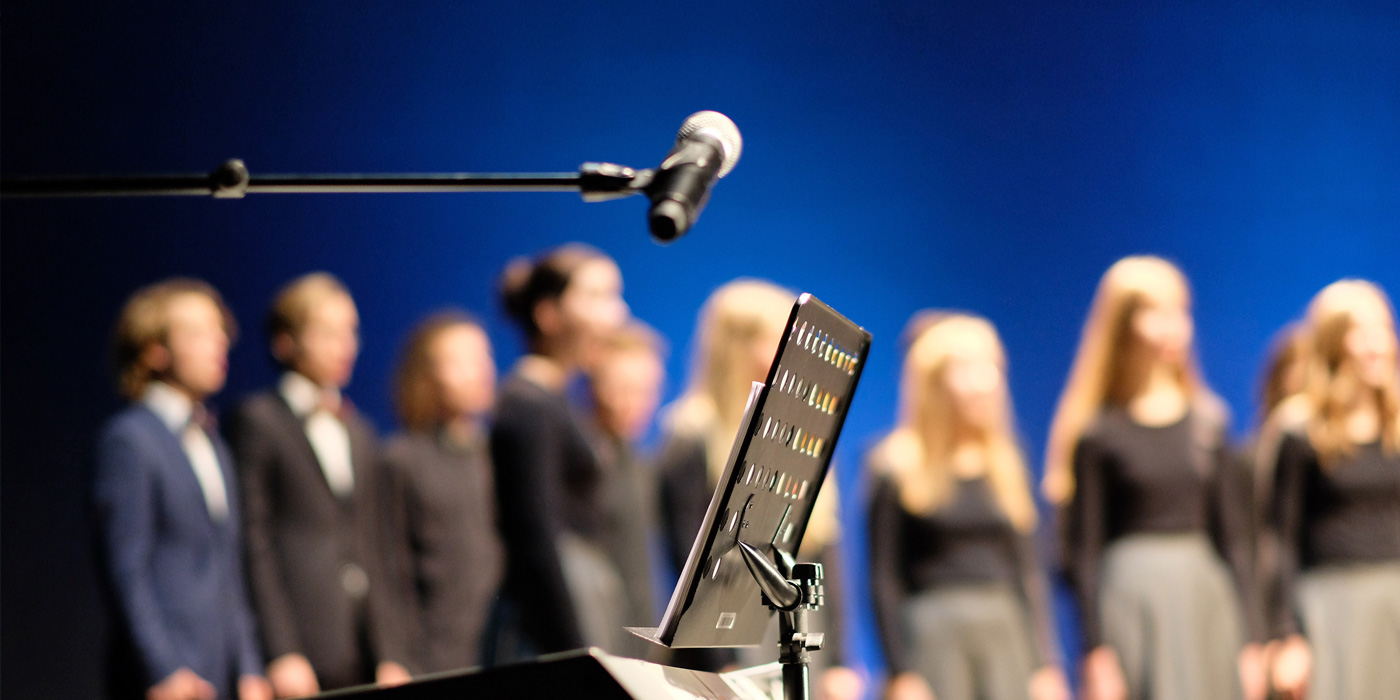Home>Devices & Equipment>Microphone>How To Use Podcast Microphone
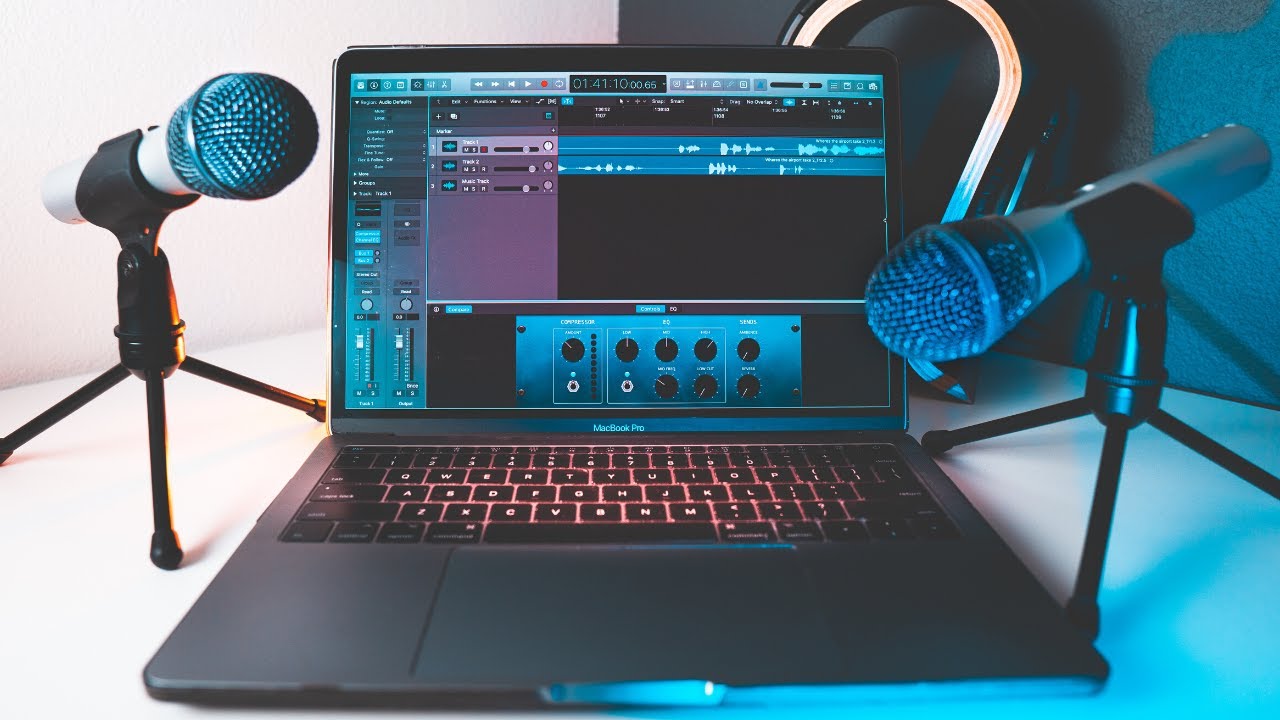

Microphone
How To Use Podcast Microphone
Published: February 17, 2024
Learn how to use a microphone for podcasting to improve your audio quality and engage your audience. Discover tips and techniques for maximizing the potential of your microphone.
(Many of the links in this article redirect to a specific reviewed product. Your purchase of these products through affiliate links helps to generate commission for AudioLover.com, at no extra cost. Learn more)
Table of Contents
Introduction
Podcasting has become a popular medium for sharing ideas, stories, and information with a global audience. A crucial aspect of creating a successful podcast is the quality of sound, and the microphone plays a pivotal role in capturing clear and professional audio. Whether you're a seasoned podcaster or just starting, understanding how to use a podcast microphone effectively is essential for producing engaging content.
In this comprehensive guide, we will explore everything you need to know about using a podcast microphone. From selecting the right microphone for your specific needs to setting it up correctly and recording high-quality audio, we'll cover each step in detail. Additionally, we'll provide valuable tips to help you optimize your microphone usage and elevate the overall podcasting experience for both you and your audience.
As we delve into the intricacies of podcast microphones, it's important to note that the right microphone can significantly impact the clarity, warmth, and overall tone of your recordings. By mastering the art of using a podcast microphone, you can enhance the production value of your content and establish a strong connection with your listeners.
Whether you're a solo podcaster, conducting interviews, or hosting roundtable discussions, understanding the nuances of microphone usage will empower you to create captivating audio experiences that resonate with your audience. So, let's embark on this journey to unlock the full potential of your podcast microphone and elevate the quality of your content.
Choosing the Right Microphone
When it comes to podcasting, selecting the right microphone is a critical decision that can significantly impact the overall quality of your recordings. With a myriad of options available in the market, it’s essential to consider several factors before making a choice.
First and foremost, consider the microphone’s polar pattern, which determines the directionality of the microphone’s sensitivity. For solo podcasters recording in a controlled environment, a cardioid microphone is often a suitable choice, as it captures sound primarily from the front while minimizing background noise. On the other hand, if you’re conducting interviews or group discussions, an omnidirectional microphone might be more appropriate, as it captures sound from all directions, ensuring that every voice is picked up clearly.
Another crucial consideration is the microphone’s frequency response. A microphone with a wide frequency response range can capture a broader spectrum of audio frequencies, resulting in richer and more detailed sound reproduction. Additionally, the microphone’s transient response, which determines how accurately it can reproduce fast audio signals, is vital for capturing the nuances of speech and musical elements in your podcast.
Furthermore, the microphone’s connectivity and compatibility with your recording setup are essential factors to ponder. Whether you opt for a USB microphone for its plug-and-play convenience or an XLR microphone for its versatility and potential for future upgrades, ensuring seamless integration with your recording interface or computer is paramount.
Lastly, consider your budget and long-term podcasting goals when selecting a microphone. While there are excellent options available at various price points, investing in a high-quality microphone can yield superior audio results and future-proof your podcasting endeavors.
By carefully evaluating these factors and understanding your specific podcasting needs, you can make an informed decision when choosing the right microphone. Remember, the microphone serves as the bridge between your voice and your audience, making it a cornerstone of your podcasting journey.
Setting Up Your Microphone
Once you’ve chosen the ideal microphone for your podcasting needs, it’s crucial to set it up correctly to ensure optimal performance. Proper setup not only enhances the audio quality but also minimizes technical issues during recording, allowing you to focus on delivering compelling content.
Begin by selecting an appropriate location for your microphone. Ideally, choose a quiet and acoustically treated space to minimize background noise and reverberations. If your recording environment is prone to external sounds, consider using soundproofing materials or a portable isolation shield to create a controlled acoustic environment around the microphone.
Next, position the microphone according to its recommended placement for optimal audio capture. For most vocal recordings, positioning the microphone at a 45-degree angle slightly below mouth level can help mitigate plosives and sibilance while capturing clear and natural-sounding vocals. Experiment with the microphone’s placement to find the sweet spot that best complements your voice and recording style.
Connecting the microphone to your recording interface or computer is the next step. If you’re using an XLR microphone, ensure that the cable is securely connected to both the microphone and the interface, and phantom power is activated if required. For USB microphones, simply plug the USB cable into an available port on your computer, and it’s ready to use.
Before diving into a recording session, it’s essential to configure the microphone’s input levels to prevent clipping or distortion. Use your recording software or interface’s level meters to monitor the input signal and adjust the microphone’s gain accordingly. Aim for a healthy signal level without peaking into the red zone, allowing ample headroom for dynamic vocal performances.
Finally, conduct a brief sound check to ensure that the microphone is functioning as expected. Record a short segment of speech or vocalization, and playback the recording to assess the audio quality and make any necessary adjustments to the microphone’s positioning or settings.
By meticulously setting up your microphone and optimizing its placement and technical configuration, you can lay a solid foundation for capturing professional-grade audio that resonates with your audience. A well-prepared microphone setup empowers you to focus on delivering engaging content while the technology seamlessly fades into the background.
Recording Your Podcast
With your microphone set up and ready to go, it’s time to dive into the exciting process of recording your podcast. Whether you’re flying solo or hosting a group discussion, understanding the nuances of the recording process can elevate the quality of your content and captivate your audience.
Prior to hitting the record button, take a moment to ensure that your recording environment remains conducive to capturing clean audio. Silence any potential sources of background noise, such as fans, air conditioning units, or electronic devices, to maintain a pristine recording environment. Additionally, consider using pop filters or windscreens to minimize plosives and sibilance, especially when recording vocals in close proximity to the microphone.
When recording vocals, maintain a consistent distance from the microphone to ensure uniform audio levels and tonal consistency throughout the session. Avoid drastic movements or fluctuations in distance, as these can result in inconsistent audio quality and require additional post-recording adjustments.
For multi-person recordings, coordinate microphone placement and ensure that each participant’s voice is adequately captured. Utilizing multiple microphones or a multi-pattern microphone with adjustable polar patterns can facilitate seamless multi-person recordings while preserving individual audio clarity.
As you commence recording, focus on delivering your content with clarity, enthusiasm, and authenticity. Leverage the microphone’s inherent characteristics to enhance the tonal qualities of your voice, infusing your recordings with warmth and presence. Additionally, maintain a relaxed and natural posture to promote a free-flowing and engaging vocal delivery.
Throughout the recording session, periodically monitor the audio levels to ensure that the signal remains within an optimal range, avoiding both excessive quietness and potential clipping due to excessive loudness. A balanced and consistent audio level is key to producing professional-grade recordings that captivate and immerse your listeners.
Upon concluding the recording, take a moment to review the captured audio, ensuring that it meets your quality standards. Address any noticeable issues or imperfections promptly, leveraging post-recording editing tools to refine the audio and deliver a polished final product.
By mastering the art of recording with your podcast microphone, you can harness its potential to capture compelling and immersive audio experiences that resonate with your audience, establishing a strong connection and fostering listener engagement.
Tips for Using Your Microphone
Mastering the use of your podcast microphone involves more than technical setup and recording techniques. Implementing the following tips can further enhance the quality of your audio and streamline your podcasting workflow, ensuring a captivating and professional listening experience for your audience.
- Regular Maintenance: Keep your microphone clean and free from dust and debris to preserve its performance and longevity. Use a soft brush or microfiber cloth to gently remove any particles from the microphone’s exterior and grille.
- Optimal Vocal Distance: Maintain a consistent distance from the microphone while recording to ensure uniform audio levels and tonal consistency. Experiment with the microphone’s proximity to find the sweet spot that complements your voice and minimizes unwanted artifacts.
- Pop and Sibilance Control: Utilize pop filters and windscreens to mitigate plosives and sibilance, especially when recording vocals in close proximity to the microphone. These accessories help minimize distracting bursts of air and harsh sibilant sounds, resulting in cleaner recordings.
- Monitor Audio Levels: Regularly monitor the microphone’s input levels during recording to prevent signal distortion or clipping. Adjust the microphone’s gain or input levels as needed to maintain a healthy signal without peaking into the red zone.
- Room Acoustics: Consider the acoustic characteristics of your recording environment and implement soundproofing or acoustic treatment to minimize unwanted reflections and background noise. Creating a controlled acoustic space can significantly improve the overall audio quality.
- Post-Recording Review: After each recording session, review the captured audio to identify any potential issues or imperfections that require attention. Addressing these promptly during the editing process ensures a polished and professional final product.
- Experiment with Polar Patterns: If your microphone features selectable polar patterns, experiment with different settings to optimize the microphone’s sensitivity and directionality based on your recording requirements. This flexibility can enhance the clarity and focus of your audio capture.
- Invest in Quality Cables: Use high-quality cables to connect your microphone to the recording interface or computer, minimizing the risk of signal interference and preserving the integrity of the audio signal throughout the recording chain.
- Engage with Your Audience: Leverage the microphone as a tool to convey emotion and authenticity in your delivery, fostering a strong connection with your audience. Embrace the microphone as a conduit for storytelling and expression, infusing your recordings with personality and charm.
- Continuous Learning: Stay informed about advancements in microphone technology and best practices for podcasting. Engage in ongoing learning to refine your microphone usage and elevate the quality of your podcast content.
By incorporating these tips into your microphone usage and podcasting endeavors, you can harness the full potential of your microphone, elevate the quality of your recordings, and establish a captivating and immersive audio experience for your audience.
Conclusion
Mastering the art of using a podcast microphone is a multifaceted journey that intertwines technical proficiency with creative expression. As you navigate the intricacies of microphone selection, setup, recording, and optimization, you embark on a quest to craft compelling and immersive audio experiences that resonate with your audience.
By understanding the nuances of microphone selection, you empower yourself to choose a microphone that aligns with your unique podcasting requirements, capturing the nuances of your voice and content with precision and warmth. The careful consideration of factors such as polar patterns, frequency response, and connectivity paves the way for a seamless and tailored microphone selection process.
Setting up your microphone becomes a ritual of preparing the stage for your vocal performances, creating a conducive environment that fosters pristine audio capture. From selecting the optimal recording location to configuring input levels, each step contributes to the foundation of professional-grade recordings that captivate and engage your audience.
Recording with your podcast microphone transcends mere technical operation, evolving into an art form that intertwines vocal delivery, storytelling, and emotional resonance. As you harness the microphone’s potential to capture the essence of your voice and narrative, you weave a tapestry of audio that evokes emotions and fosters meaningful connections with your listeners.
Embracing the tips for using your microphone elevates your podcasting endeavors, infusing your recordings with clarity, authenticity, and professionalism. From maintaining optimal vocal distance to engaging with your audience through the microphone, each tip adds a layer of finesse to your audio productions, enriching the listener experience and fostering long-lasting engagement.
As you conclude this exploration of podcast microphone usage, remember that the microphone serves as a conduit for your creativity, passion, and voice. It encapsulates your stories, ideas, and emotions, transforming them into immersive auditory experiences that captivate, inspire, and resonate with your audience.
May your journey with the podcast microphone be filled with discovery, growth, and the unwavering pursuit of audio excellence. With each recording, may the microphone become an extension of your voice, amplifying your message and forging indelible connections with your listeners.
So, as you embark on your podcasting odyssey, let the microphone be your faithful companion, capturing the essence of your stories and infusing them with the magic of audio. Together, may you craft a symphony of sound that reverberates with authenticity, creativity, and the boundless power of human expression.

